Another Pecha Kucha talk I did (here’s the other one). Slides and text after the fold.
1. I am 47 years old and have never owned a car. The last time I drove it was to get my Illinois driver’s license. When I got it, I exclaimed “Good! Now I never have to drive again.”
2. People ask me, “isn’t it a SACRIFICE to not have a car?” No. First, I have never owned a car so I’m not sacrificing anything. Second, a sacrifice is giving up something you love, and I have never loved cars. I hate cars.
3. That’s my #1 tip for being car-free: HATE CARS. Now, most people know cars are bad in some ways. Carbon emissions, pollution, noise, domination of public space, enriching oil corporations, and annoying traffic jams. But that doesn’t make them hate cars.
4. Cars kill a lot people. In 2001 alone, over 42,000 people died in car crashes in the U.S., which is FIFTEEN TIMES MORE PEOPLE than died in the 9-11 attacks. But that doesn’t make people hate cars.
5. Cars blight the landscape and spur sprawl. There are now many places you can only reach by car – no public transit goes there, and it’s too dangerous to bike. It’s dangerous to bike because of the cars. But that doesn’t make people hate cars.
6. To really hate cars, it has to be personal. And for me, it’s knowing that it’s actually quite beautiful under all that pavement. Any beauty I might find in my environment, is taken away from me by cars. In a car, I can’t stop and smell – or even see – the flowers
7. I breathe stale air. I go fast, but my body doesn’t move. People say cars give them freedom, but they make me feel confined and restrained. In a car I am speedy but sedentary. Not that I’m a fan of exercise – especially modern exercise.
8. Modern exercise is an inversion of cars. You move your body as if you’re going somewhere, but you stay still. It isn’t activity through work, it’s WORKING OUT. In this mindset, CARS are for transportation; BIKES for exercise. But what if we could COMBINE these?
9. I don’t mean DRIVING BIKES, although unfortunately I see that a lot around here. I’ve been on many a group ride where participants drive their bikes to the start point. What I advocate is BIKING FOR TRANSPORTATION – using a bike INSTEAD of a car.
10. Now, I’m not the best candidate to be a cyclist. I’m neither strong nor athletic nor mechanically inclined. Not like these intimidating lycra guys. But you don’t have to be a lycra stud to bike for transportation.
 11. In fact there’s a large and growing Slow Bicycle Movement worldwide. But whether I go slow or fast, a bike gives me transportation AND exercise – PLEASANT exercise, integrated activity, engagement with the environment, fresh air, and if I’m lucky, sunshine.
11. In fact there’s a large and growing Slow Bicycle Movement worldwide. But whether I go slow or fast, a bike gives me transportation AND exercise – PLEASANT exercise, integrated activity, engagement with the environment, fresh air, and if I’m lucky, sunshine.
12. Here’s me not wearing lycra. This is my Brompton, a supremely practical folding bike. If I could only have one bike, it would be a Brompton. And it was my only bike when I lived in New York.
13. New York is a famously good place to be car-free. Cars are impractical there, and few New Yorkers own them or even have driver’s licenses. New York has great public transit, and is extremely dense. New Yorkers WALK. Champaign-Urbana isn’t dense, but it’s pretty small.
14. Yet almost everyone here drives, for even short trips. The difference is largely cultural: for example, people here like to do big shopping trips instead smaller, more frequent ones. And almost all the infrastructure here is designed for cars.
15. I frequently complain about America’s lack of good bike infrastructure, but it’s been pointed out to me that America actually has great bike infrastructure – we just need to get all the cars off of it.
16. In spite of no subways, Urbana is better than New York for MY car-free life because I get more space and therefore can have MORE BIKES. You’ll see I have a recumbent here. I like recumbents because they’re more comfortable than road bikes, which recumbent riders refer to as “ass hatchets.”
17. I have too many recumbents and have to sell some off, so if anyone wants to buy this barely-ridden 2015 Performer Toscana, it’s for sale! Talk to me at intermission.
18. Speaking of money, cars are way more expensive than bikes – even fancy bikes – so I’ve actually been saving money by never owning one. This Fall I decided a lifetime of never owning a car was justification for purchasing my first velomobile…
19. … a recumbent tricycle with a full fairing. I bought it in Jackson MI, which I travelled to by train – the City of New Orleans. Yes, I had a completely car-free midlife crisis. All I have time to say about the velomobile is it goes fast and is hella fun.
20. In conclusion, if you like cars, a car-free life probably isn’t for you. But if cars aren’t making you happy, I can attest that living without your own two-ton polluting death machine can be done. If a pussy like me can do it, you might be able to too.



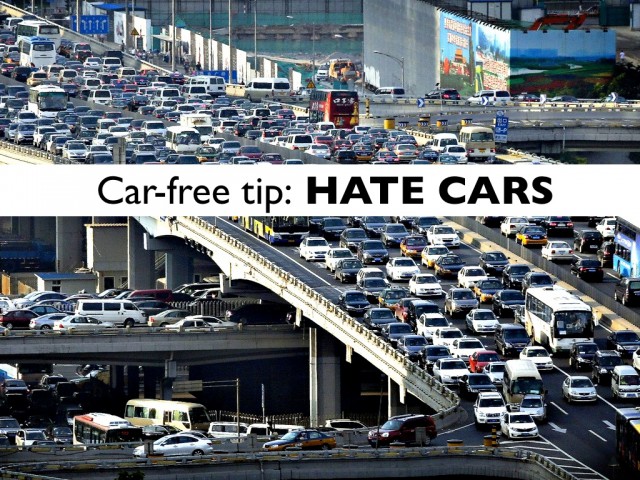
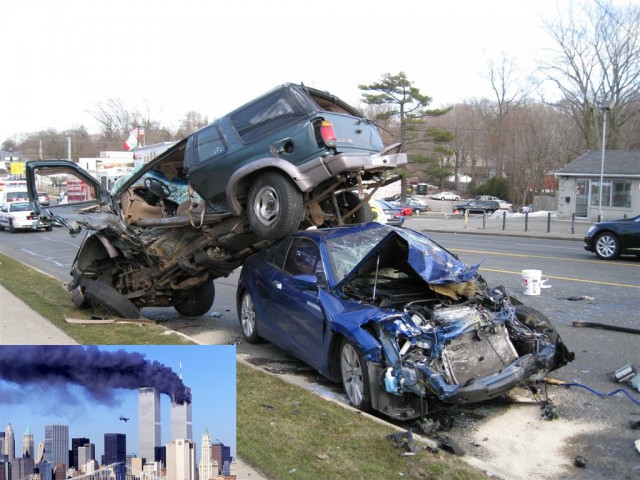


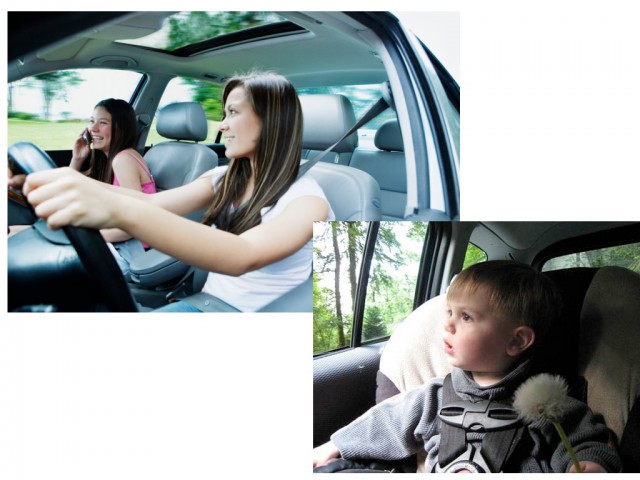
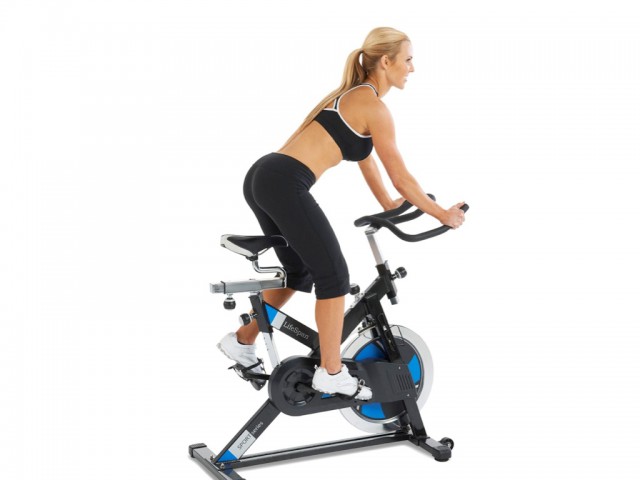
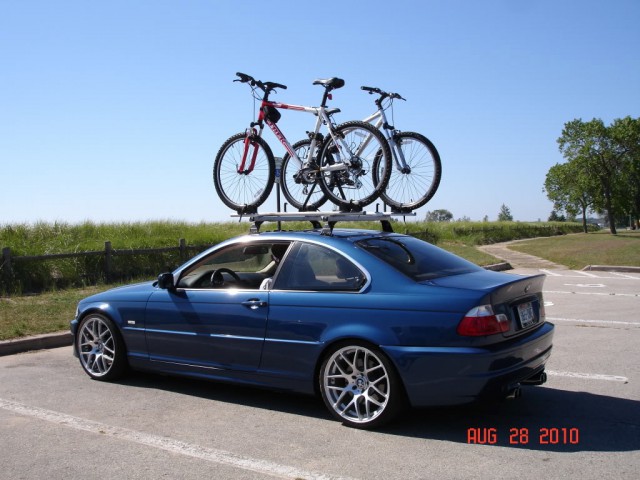
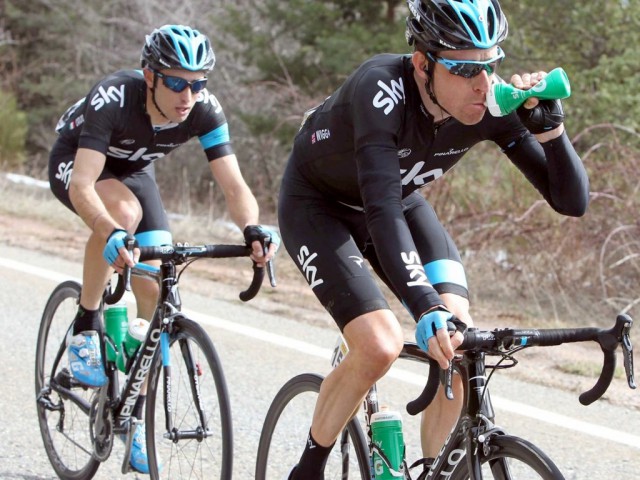
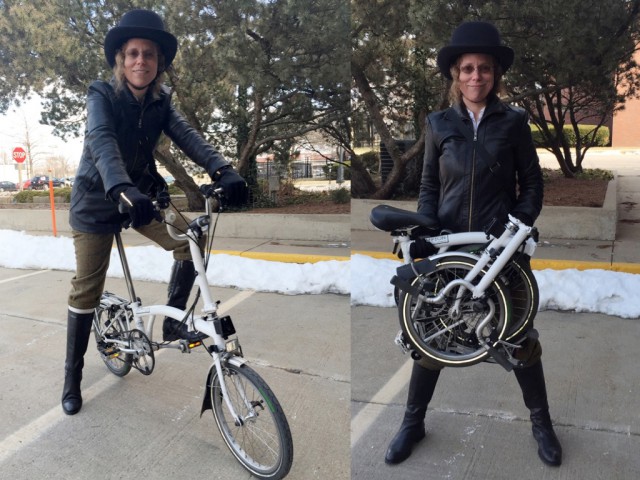
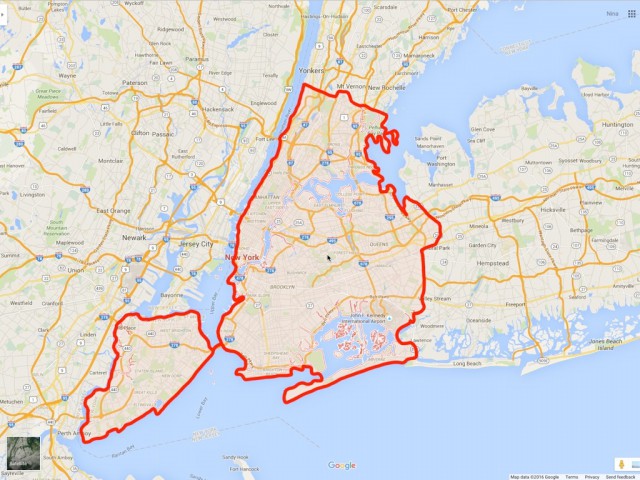
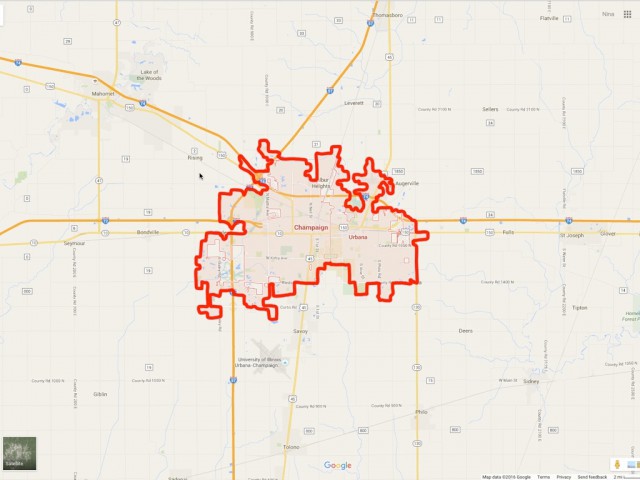

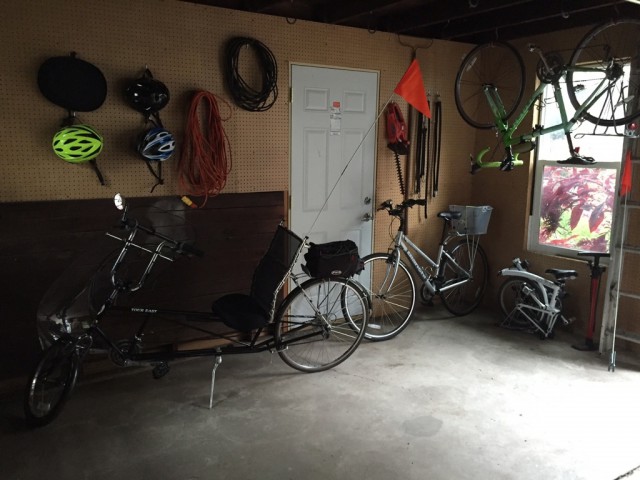
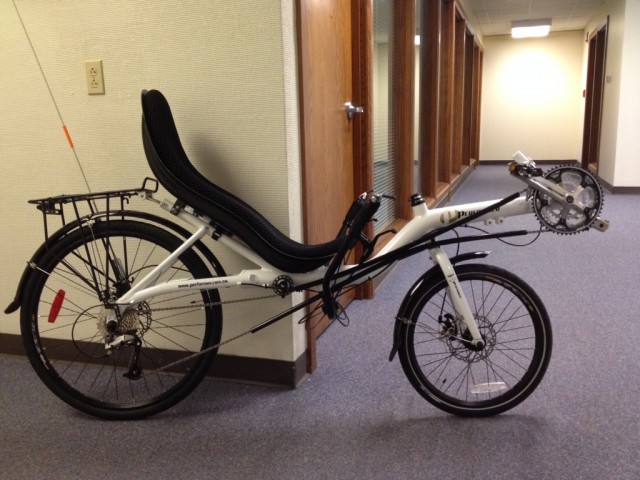
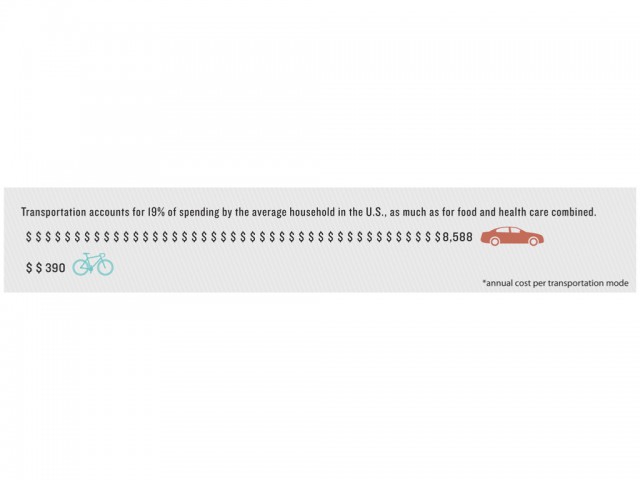
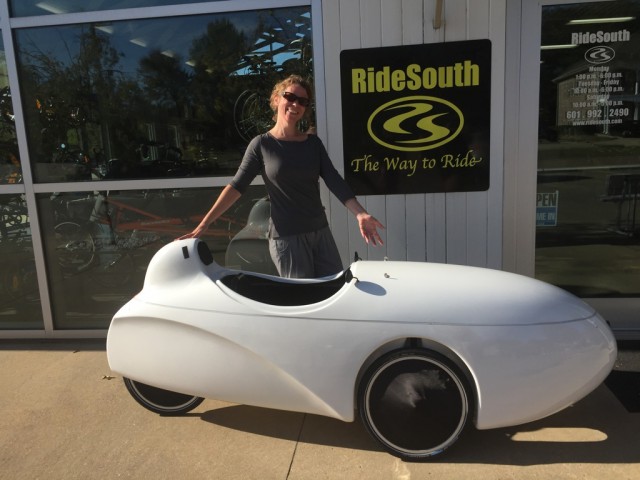
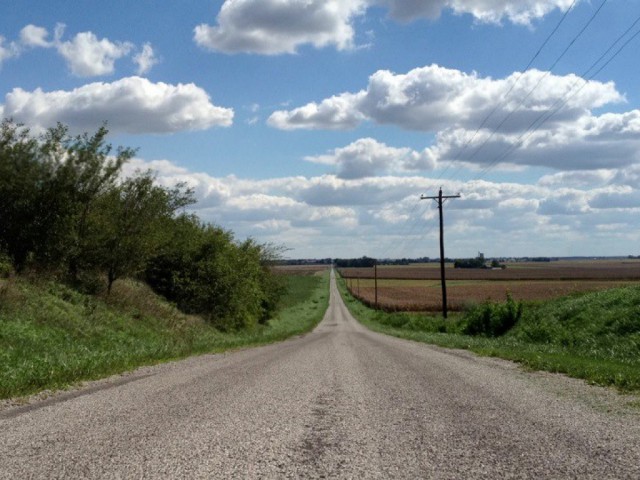
Those are not rivers, they are drainage ditches, cut through the swampy muck in the 19th and early 20th century by steam shovels to produce more corn. Hey, it’s technology!
Do I like cars? Not really, but I like my own car. I happen to live in Amsterdam, the Netherlands, and as you might know, there are more bikes here than actual Dutch people. We have a lot of bike roads and the bike is considered a serious form of transportation here and not just a hobby. We have police on bikes, mailmen on bikes, specialized bikes that have extra cargo space and much, much more. We also have plenty of electric bikes. So why don’t I drive a bike instead of a car?
Well, two reasons. First of all, I often travel with my two dogs and although I could travel long distances on a bike, they cannot. Chihuahua’s aren’t marathon-runners… I would need a “bakfiets” (Cargo bike in Dutch) to take them with me but that also makes it harder to travel.
The second reason is the distance I generally have to travel, which is generally over 30 KM. You might make 15 KM/hour on a bike so you would need two hours to travel that distance. And afterwards you will need another two hours to travel back. And when you get where you need to be, you tend to be tired and all sweaty so it isn’t as comfortable as you’d expect.
But for my car, that distance is less than half an hour of travel time. Or 15 minutes if I travel over the highways. So, I save a lot of time that way and be more fresh when I arrive at work.
Now, how about using public transit? Well, getting into a full subway with two dogs is something you wouldn’t want to do with a dog. You can’t leave them on the ground because people will step on them and you can’t keep them up in your arms when you have to stand because the movements of the subway will unbalance you. So I would have to leave the dogs at home.
And another problem is that I have to change from the subway to a train and then a bus and the whole travel time is easily 60 minutes or more for just 30 KM!
So while I would like to have no car, I just happen to need one. I’d rather be walking or ride a bike but it means I need to quit my job. Find one closer to home, you say? Not an option, really. I’ve tried it but having a job close at home isn’t something everyone can enjoy. There are always people like me who need to travel long distances.
A velomobile might solve this, though. But I do have to go through Amsterdam and such bikes aren’t practical within these city limits. It is also heavy and requires a lot more space to park. And unfortunately, like most bikes here in the Netherlands, people like to steal these things and they’re too expensive to have stolen.
And then there’s the price tag of a velomobile. Prices are around € 6,500 and more. I have seen cars for about the same price! And you can but a new microcar for even less.
So, for me, there is no good alternative for my car…
$390 a year? The last year I went to work full time (200-250 days per year) my trusty-rusty Schwinn cost me about $200. This is riding in New York City, where the city fathers do not believe in having flat streets but prefer them to have potholes, abandoned construction, mini-crevasses, and mysterious lumps. The money mostly went for tires, which take quite a beating. I imagine in fair Urbana, they’d last almost forever. I’m taking into account amortizing the original cost of the bicycle (in my case, $65 to an old hippie in Bay Ridge) over the lifetime of the bike (20, 30, 40 years — who knows? It’s not like a car.)
excellent to see the recumbent bicycles on display – I have two Greenspeed trikes which I (until recently) used for my daily commute and touring respectively. These are great as they also fold … admittedly when they do, they go into the back of my car for trips that don’t start or end near useful public transport (some busses here do offer bike racks, but the trike won’t fit, despite the best intentions in that area) …
Think about America’s infrastructure when the default, and almost only accepted form of government ID, is a driver’s license. What does that say about our culture…?
Hello Ms. Paley,
I’m a graphic designer and painter in New York City, and I am about to launch a Middle East culture website, ilikum.org, and I am doing an article about infographics and how they’re used to explain the complexities of events in the Middle East. I think the video you directed about Israel-Palestine history is amazing, and I’d like to ask you some question about it.
Could you please contact me? I’m sorry to do this in a post, but I could not find contact information on your site. Thank you for your help.
Sincerely,
Tom Nimen
Great presentation. I’ve been car free for almost a decade. It really does give you a new perspective on American cities and how they’re built to cater solely to automobiles. The financial benefits of going car free are also astronomical – most people don’t really add up the true costs of car ownership.